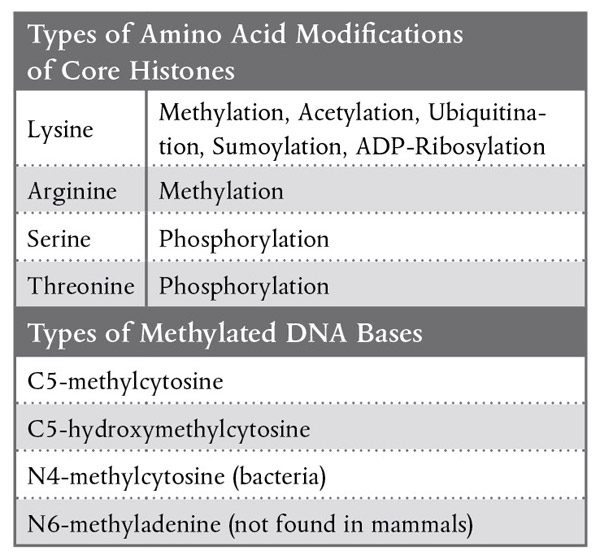The emergence of light as energy from a life-giving star (2)

Conclusion: …all experimental evidence of biophysically constrained life on Earth begins with the creation of the sun’s energy, not with a Universe that is always looking. See: The emergence of light as energy from a life-giving star June 20, 2017 Some science journalists seem to be following my blog posts so that they can attack … The emergence of light as energy from a life-giving star (2)



